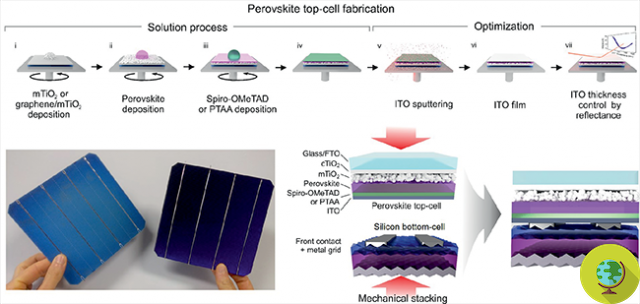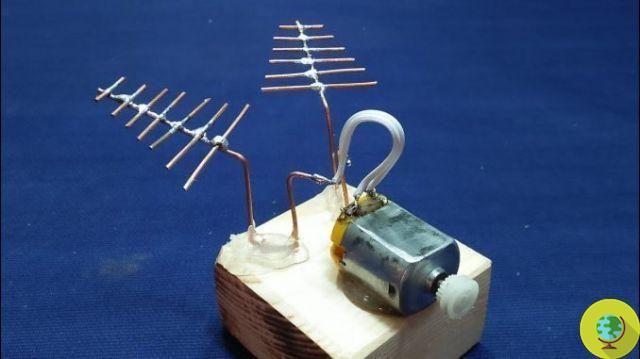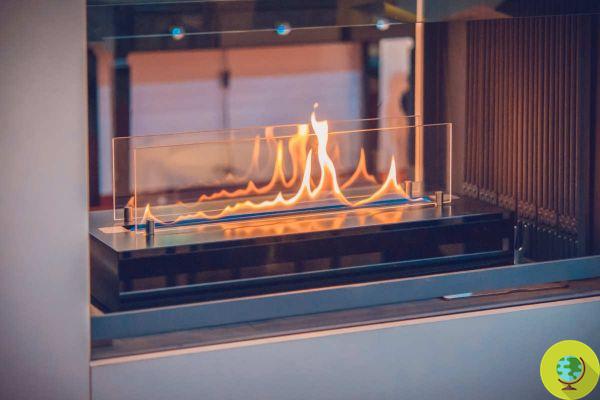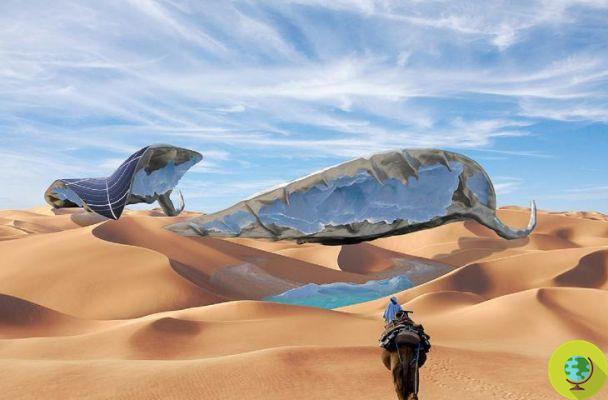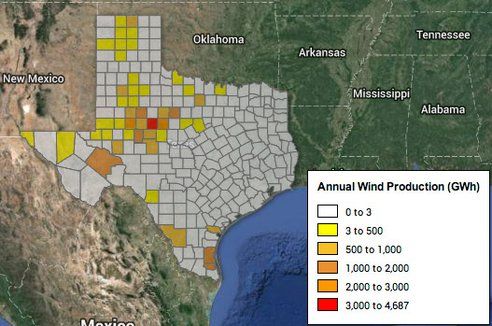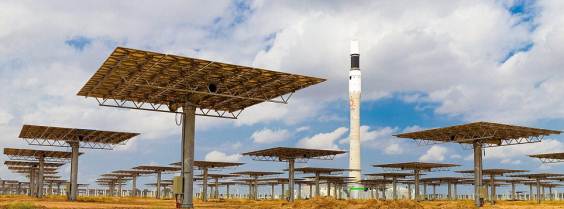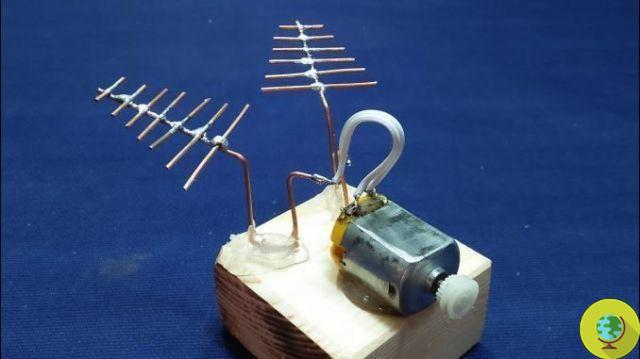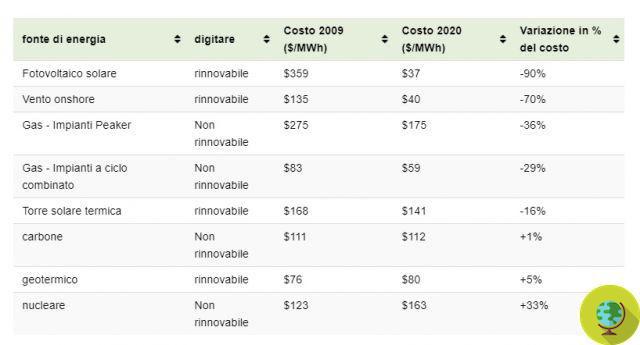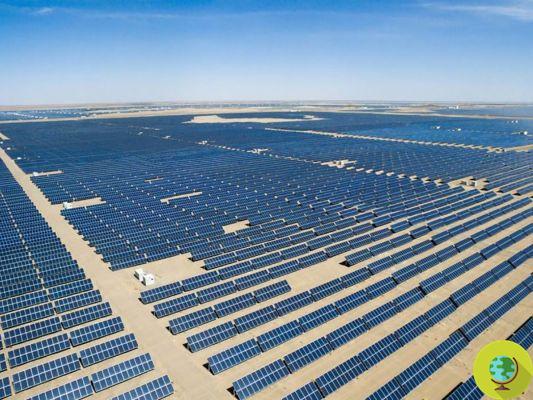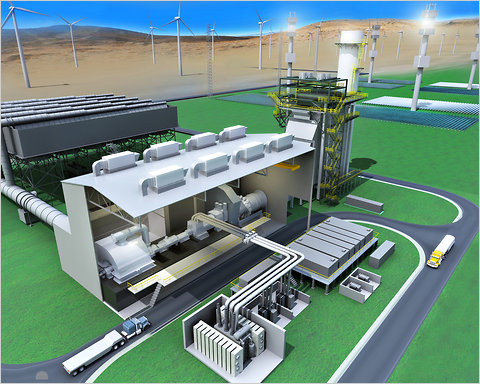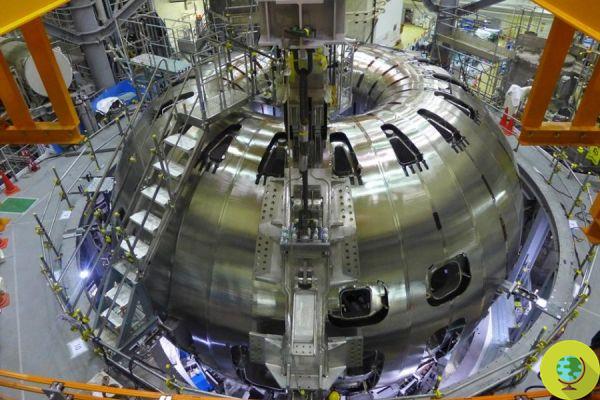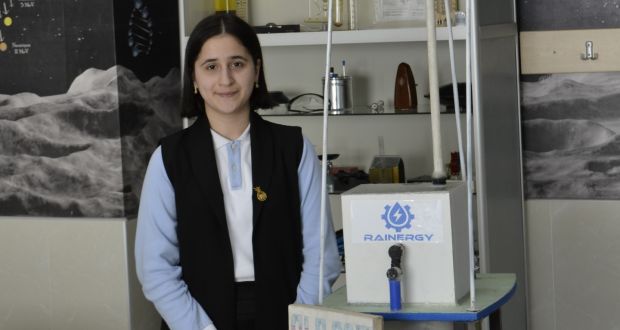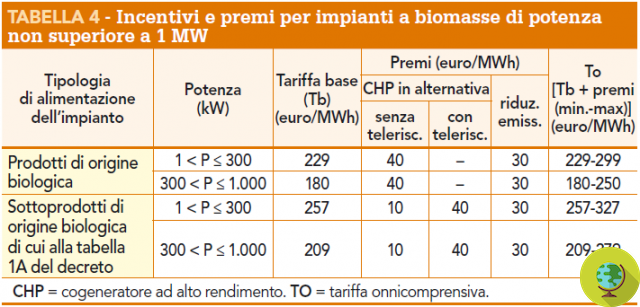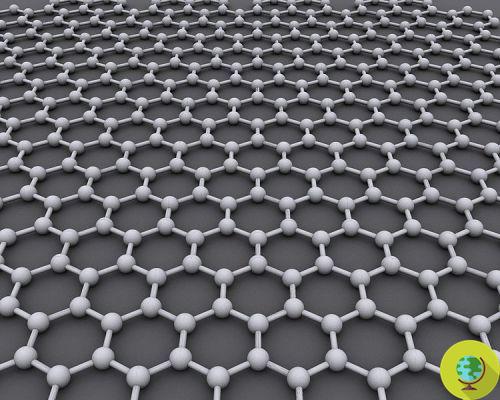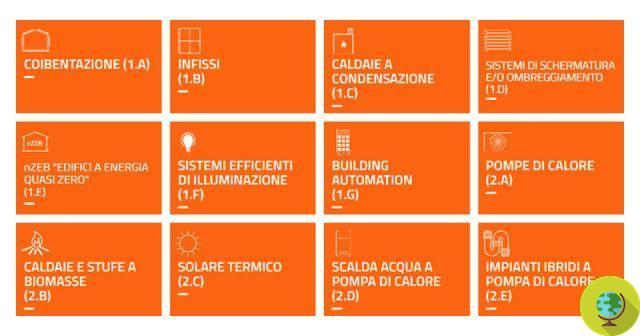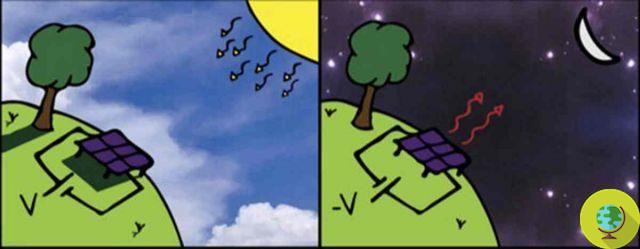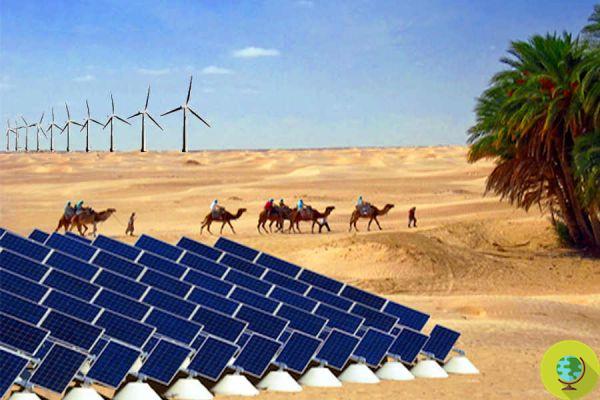
What perhaps will be considered the most daring and ambitious solar energy project ever: the Sahara Solar Breeder Project was born from a collaboration between Japanese and Algerian researchers. A project that will have the ultimate goal of meeting 50% of the world's energy needs by 2050. And to better understand what is at stake, just remember that the similar Desertec project aims to satisfy "only" the 15% of Europe's energy needs.
He is about to end up run over, his mother saves him
What perhaps will be considered the most daring and ambitious solar energy project ever: the Sahara Solar Breeder Project was born from a collaboration between Japanese and Algerian researchers. A project that will have the ultimate goal of meeting 50% of the world's energy needs by 2050. And to better understand what is at stake, just remember that the similar Desertec project aims to satisfy "only" the 15% of Europe's energy needs.
First presented a year ago at G8 + 5 Academies' Meeting in Rome by the Japanese engineer Hideomi Koinuma dell 'Tokyo University, the Sahara Solar Breeder Project is based on an altogether simple idea: to exploit two things that an immense desert like that of the Sahara (hence the name of the project) possesses in abundance, sun & sand. If the latter is in fact a very rich source of silicon, and if silicon is the main element of the municipalities solar panels, why not to manufacture photovoltaic panels directly in the desert, connect them to the world energy grid and use some of the energy produced to power other small factories and so on?
Said so it runs pretty smoothly. Too bad no one has yet managed to extracting silicon from desert sand. Or rather, not with sufficiently satisfactory and competitive results, as the manufacturing process requires a lot of energy (and in fact most of the factories where silicon is produced are located in countries that have low electricity tariffs). Furthermore, the temperature that need “long power lines” to transport energy over long distances, something like -240 ° C, which would make a refrigeration system as efficient as it is expensive. Last but not least, variables such as sandstorms, labor, etc ...
In short, the conditions are there (with the 0,01% of the energy hitting the Sahara “Every day we could exceed the energy needs of the entire planet”, recalls Koinuma) but the path still seems very, very long. And lenders are in short supply: in the next 5 years the team of researchers will have to make do with $ 2 million budget. "For the time being, our goal will be to verify how deep the pipelines will have to be placed to minimize temperature variations," the researchers say. Maybe it will be a way of saying: while waiting for the money, better to take it at a distance?




